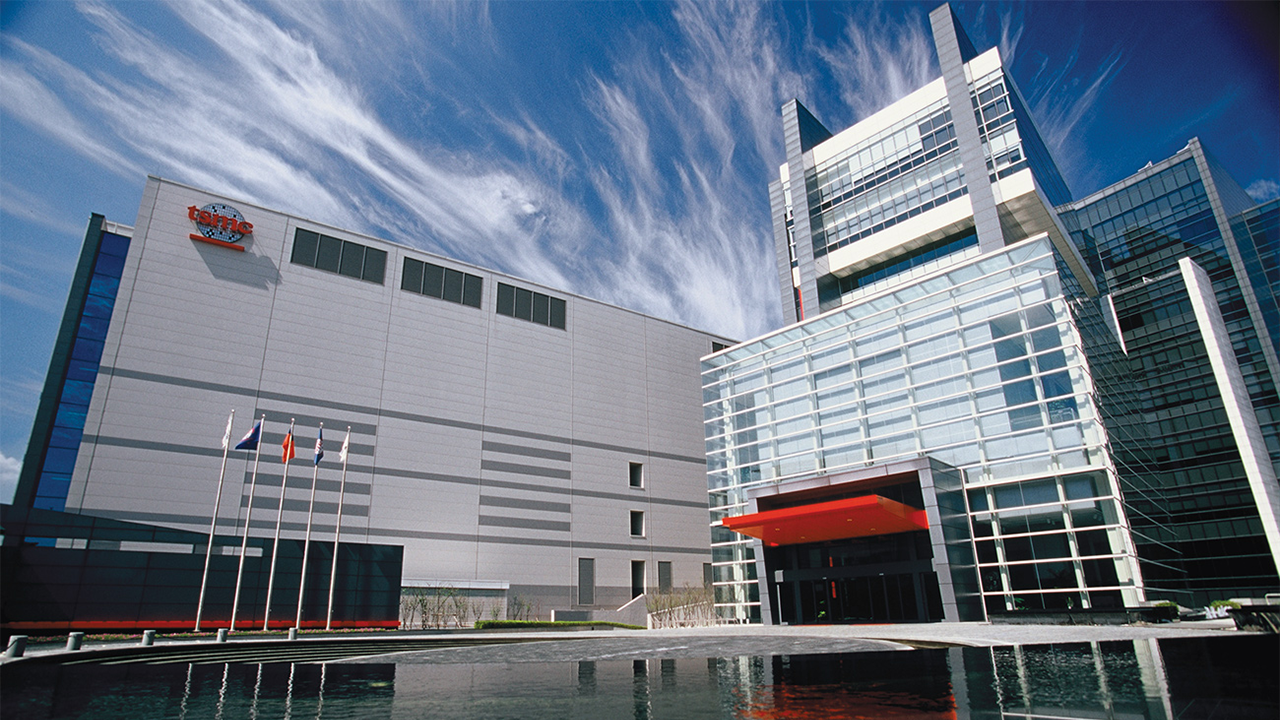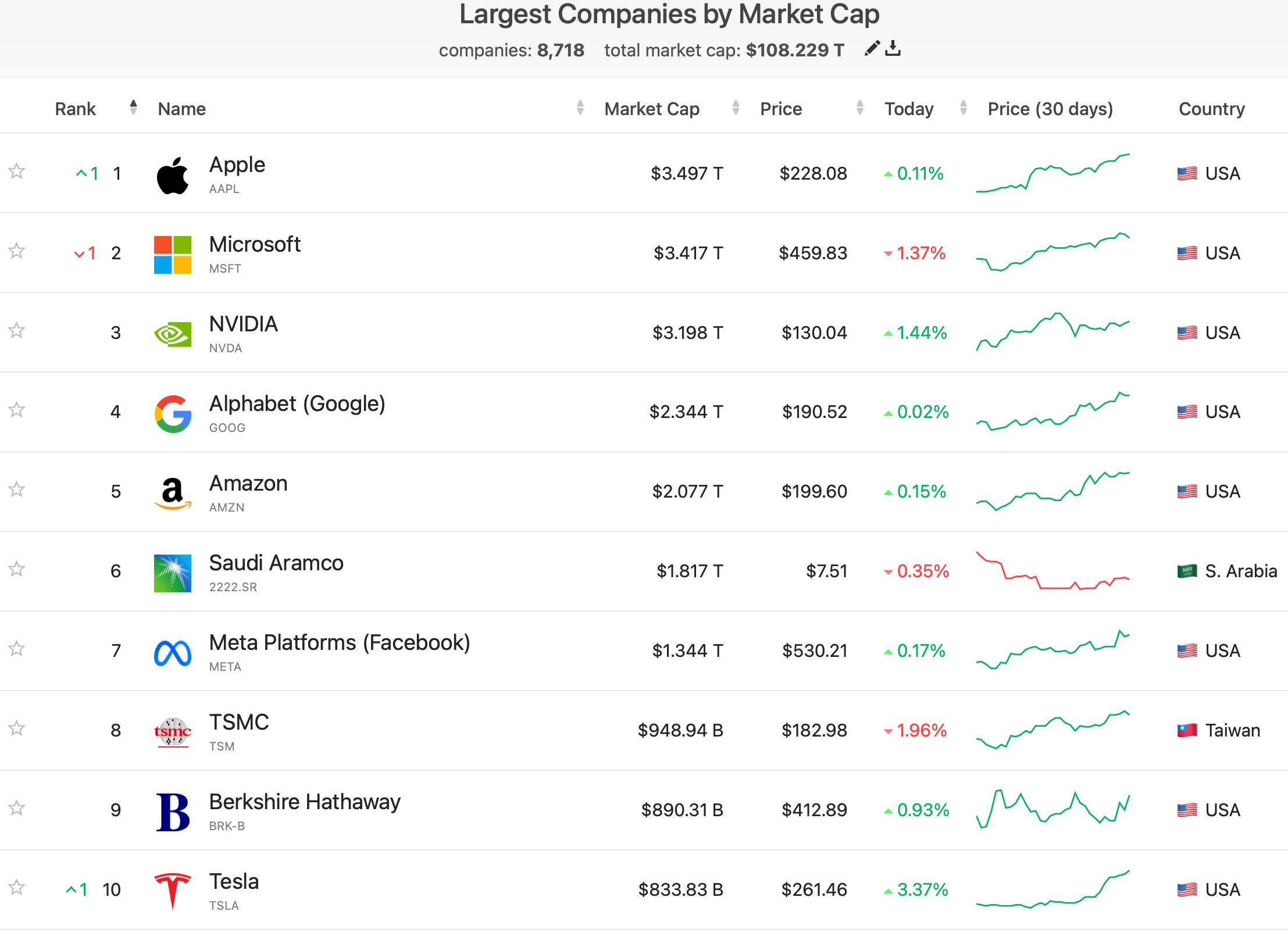TSMC's market cap is on track to reach $1 trillion — 6.5 times larger than Intel
Maker of chips for Apple and Nvidia set to join trillion dollar club.

The market capitalization of TSMC, the world's No.1 contract maker of semiconductors, briefly exceeded $1 trillion earlier this week as demand for advanced processors, including those for AI, is setting records. TSMC could solidify its position in the trillion-dollar market cap club later this month when it reports its quarterly earnings.
TSMC produces processors for all the world's leading chip designers, including Apple, AMD, Broadcom, Intel, Nvidia, and Qualcomm. These processors are in high demand, and in many cases, TSMC has no rivals. Process technologies from Intel Foundry and Samsung Foundry cannot offer transistor density, performance, and power efficiency similar to those found in chips produced by TSMC.
Some believe that TSMC's stock (and market capitalization) will track higher when the company reports its Q2 2024 financial results later this month. Sales at the No. 1 foundry should confirm strong demand for AI processors (indirectly confirmed by strong guidance by Nvidia and some other AI players), a market TSMC expects to grow 250% this year. Also, TSMC's revenue in the second half is usually higher than its sales in the first half of the year as companies like Apple, AMD, and Intel ramp up production of their latest processors starting in the second quarter.
The recent rise of TSMC's market capitalization was, of course, a result of growing demand for AI processors, particularly those from Nvidia and Broadcom (which develops them for Google). Last month, Nvidia was the world's most expensive company by market cap, though Apple and Microsoft have left it behind since then.
At press time, TSMC's market capitalization was $948.94 billion, making it the No. 8 largest company by market capitalization. By contrast, Intel's capitalization, which can challenge TSMC in terms of production capacity, was $145.98 billion, which looks a bit odd as Intel is a large customer of TSMC and the world's largest supplier of processors for client PCs.
What is noteworthy is that TSMC is the first Asian company to pass (although briefly) a one trillion market capitalization. In fact, TSMC is Taiwan's most valuable company, surpassing China's high-tech giant Tencent ($458 billion) and South Korea's high-tech conglomerate Samsung ($420 billion).
Get Tom's Hardware's best news and in-depth reviews, straight to your inbox.

Anton Shilov is a contributing writer at Tom’s Hardware. Over the past couple of decades, he has covered everything from CPUs and GPUs to supercomputers and from modern process technologies and latest fab tools to high-tech industry trends.
